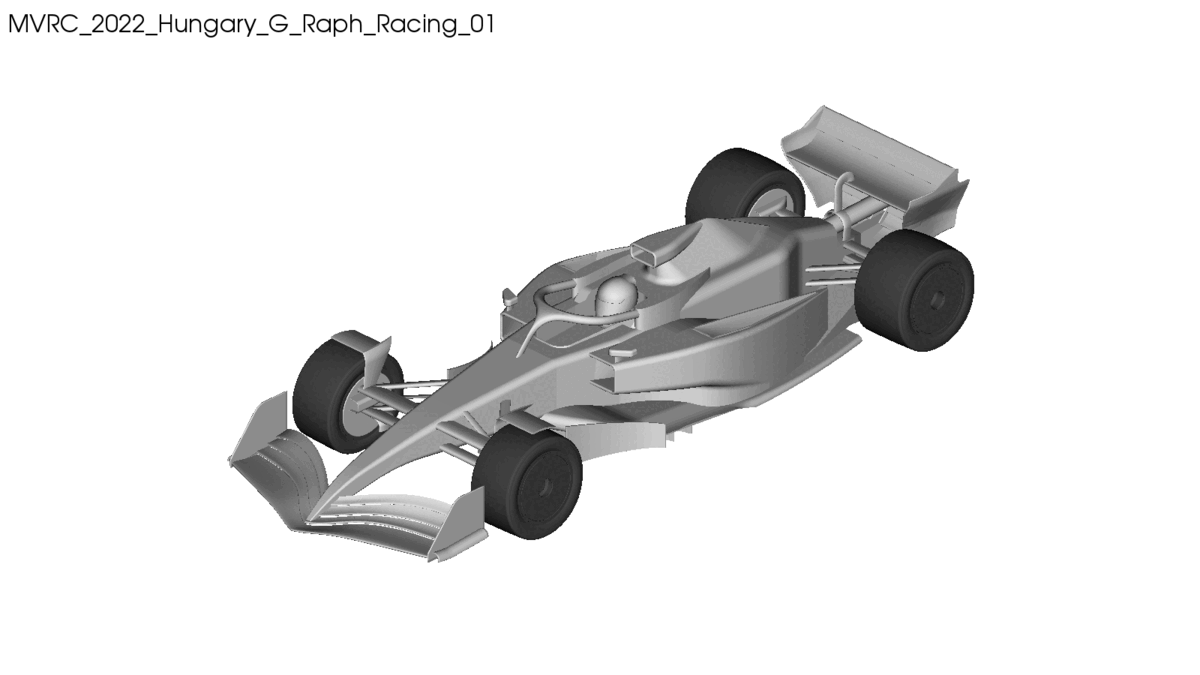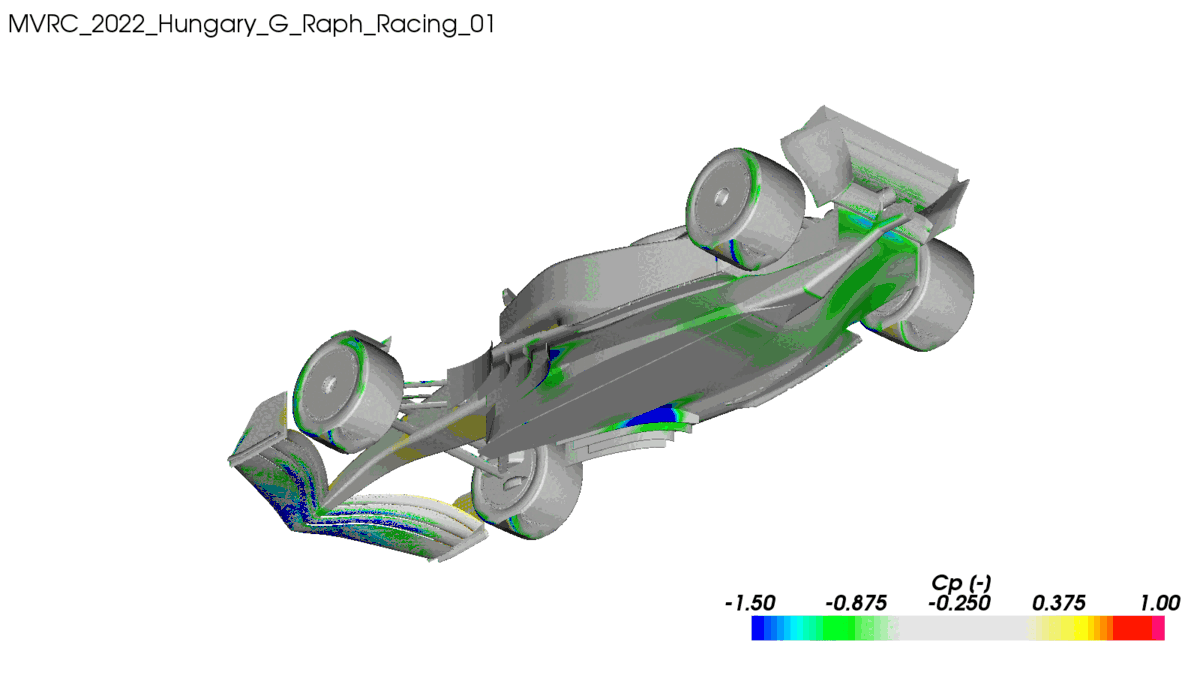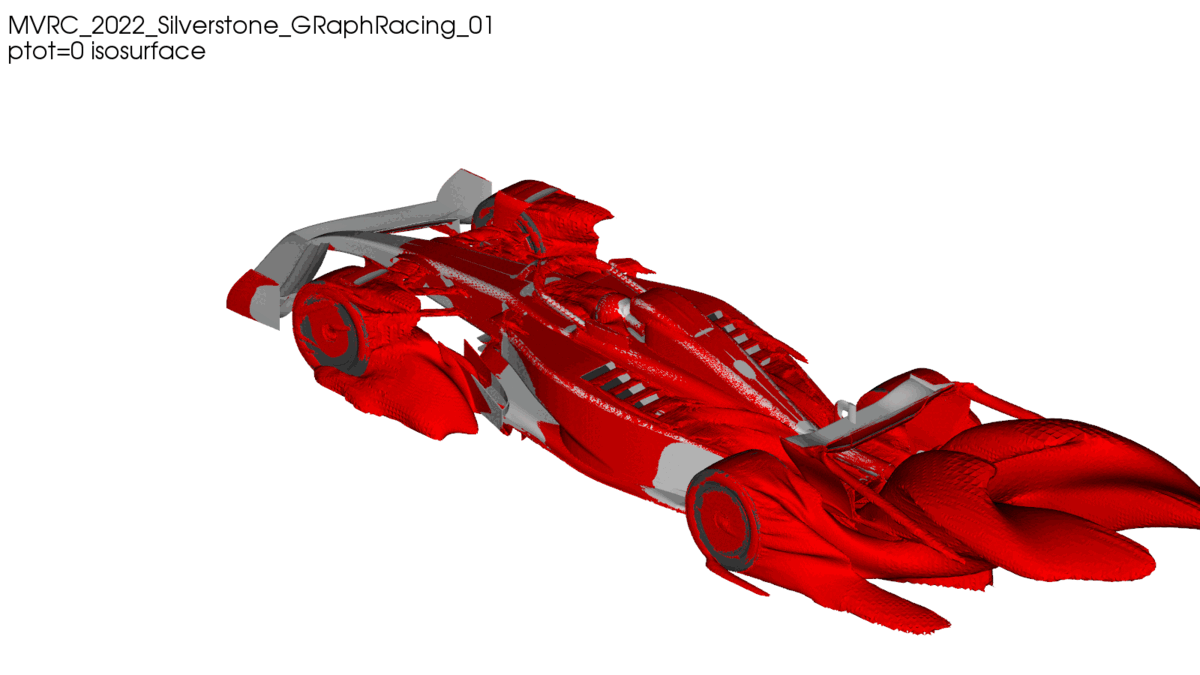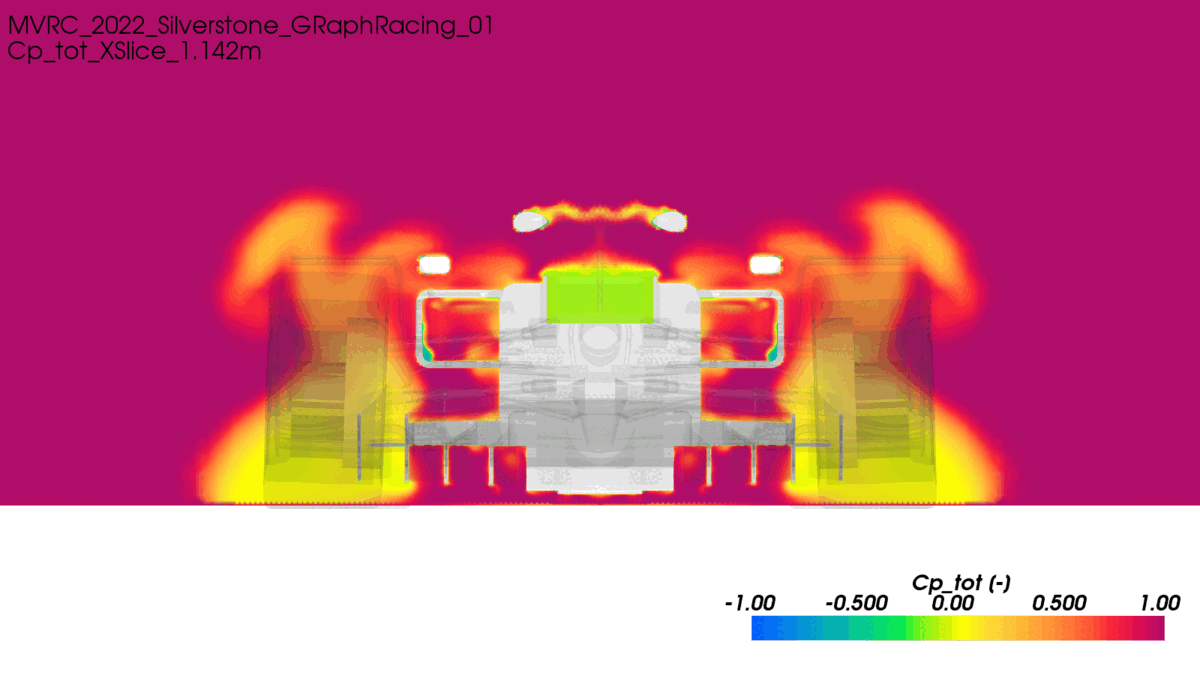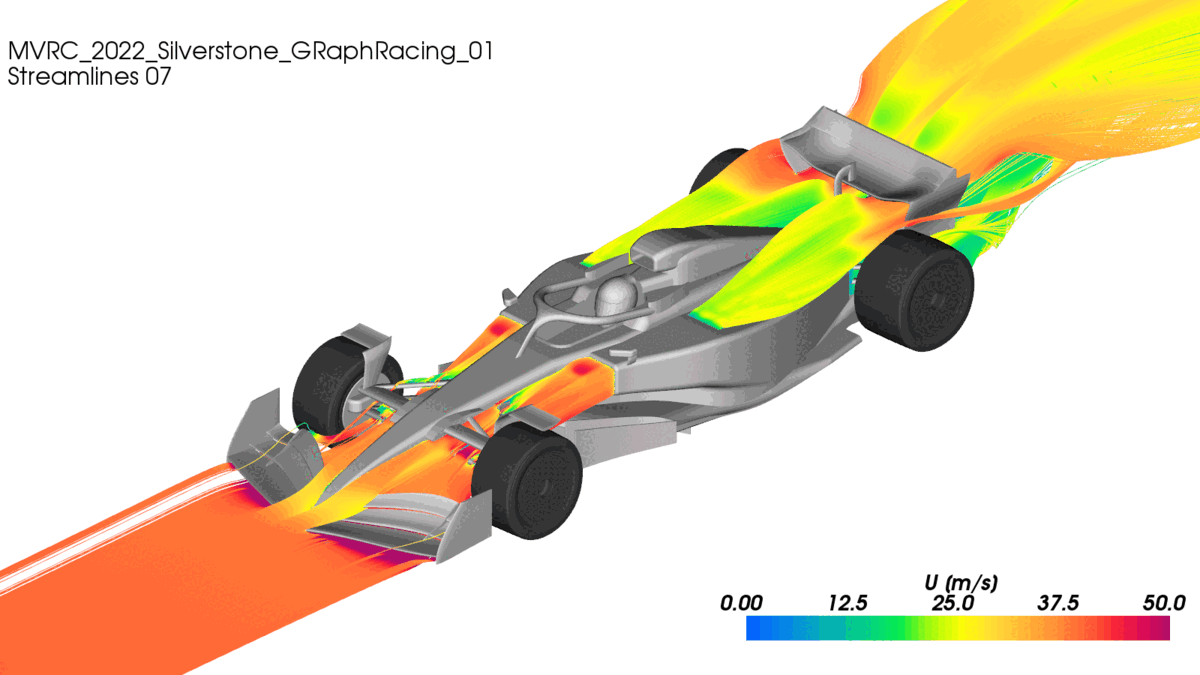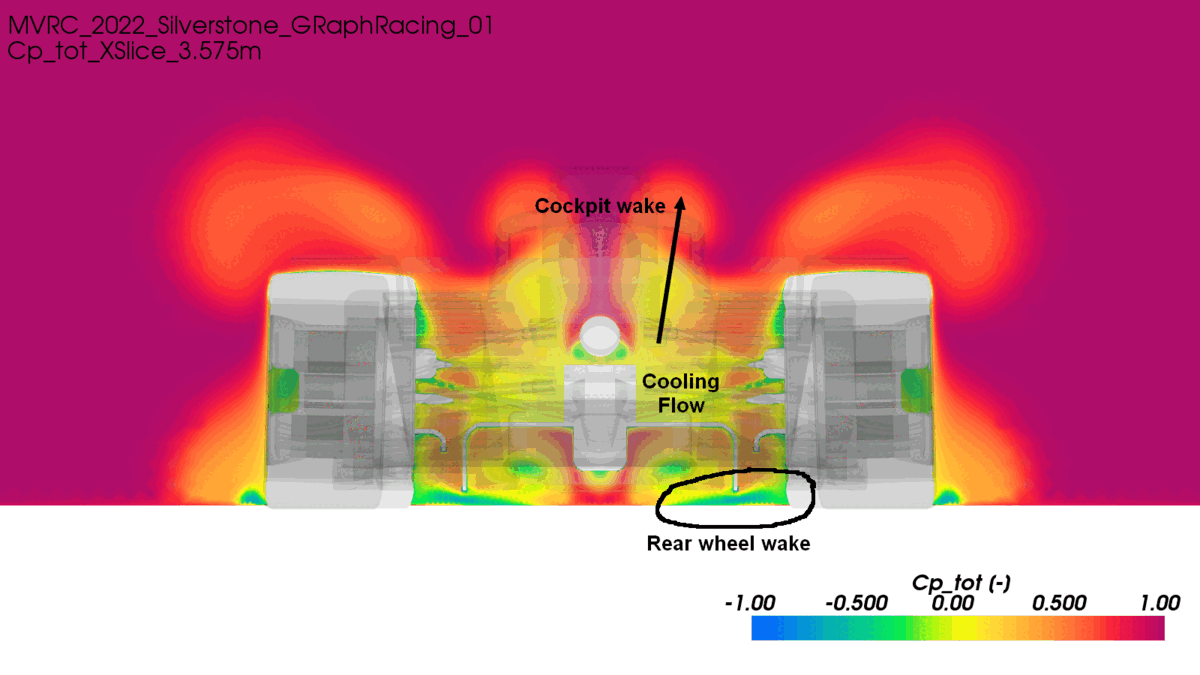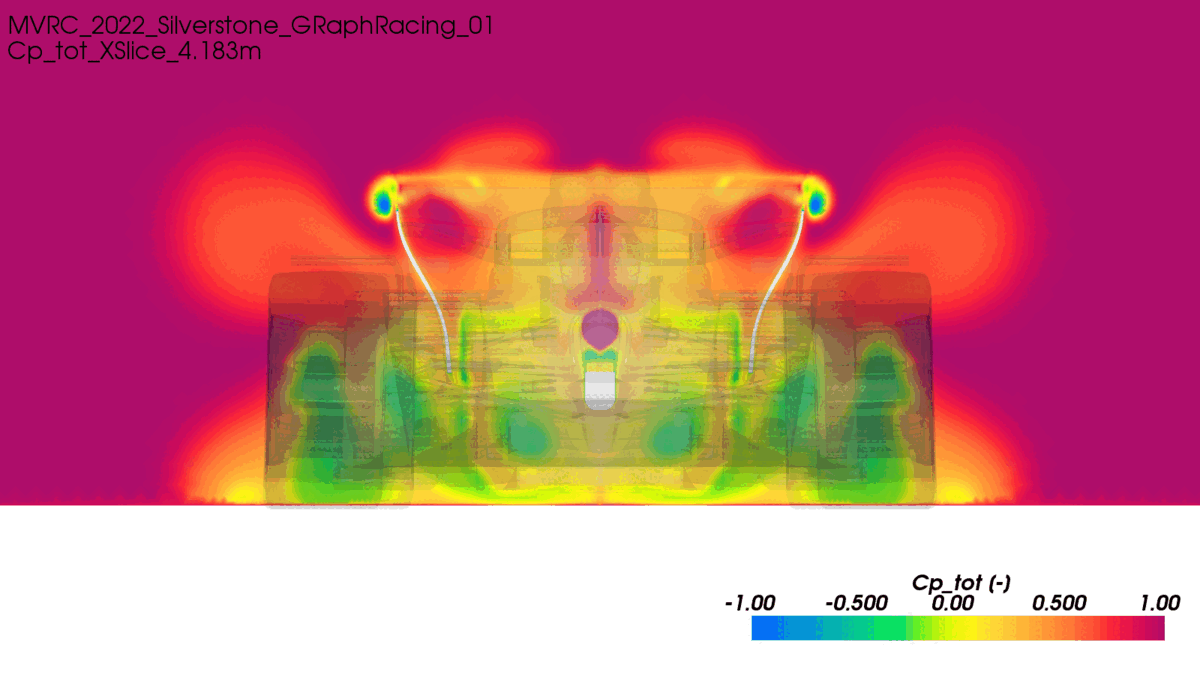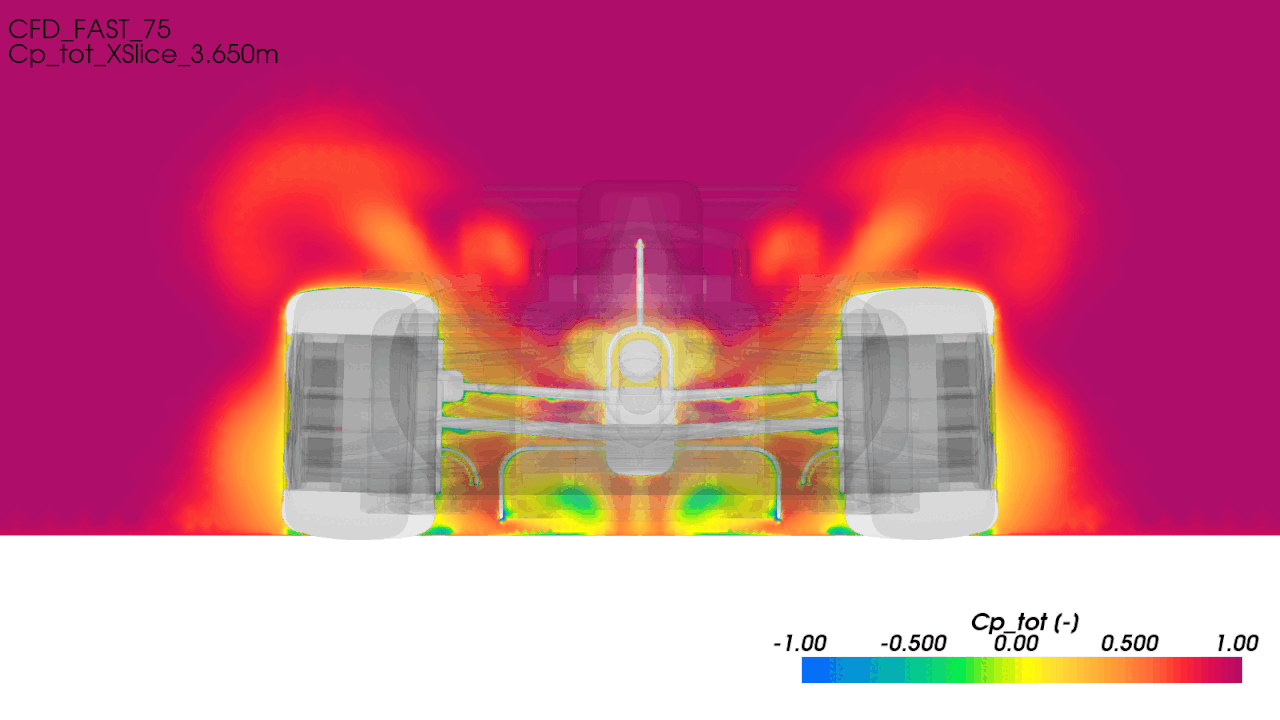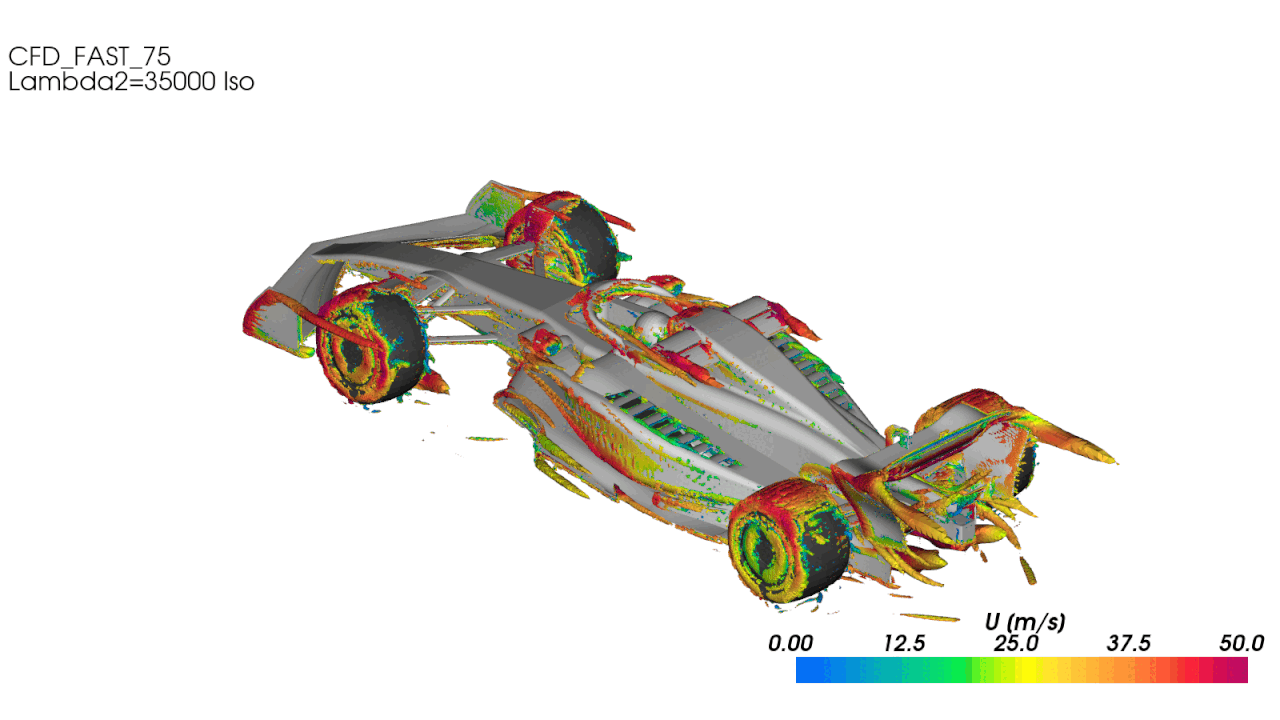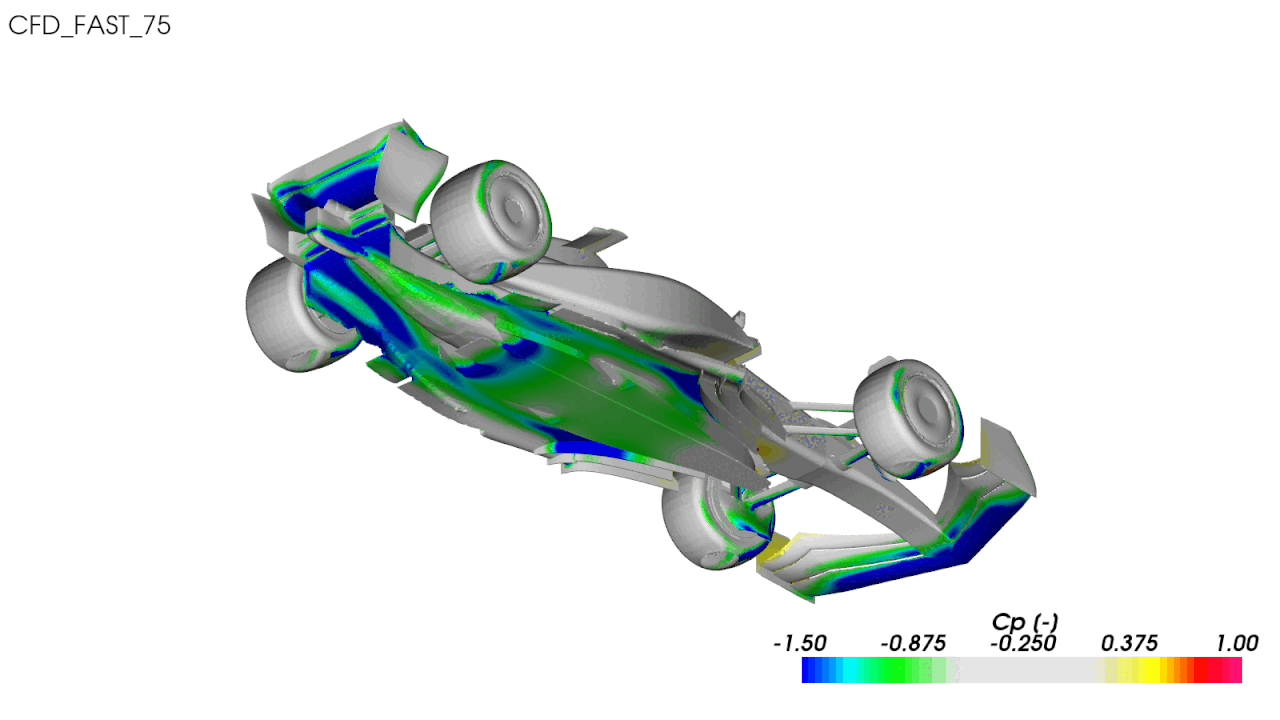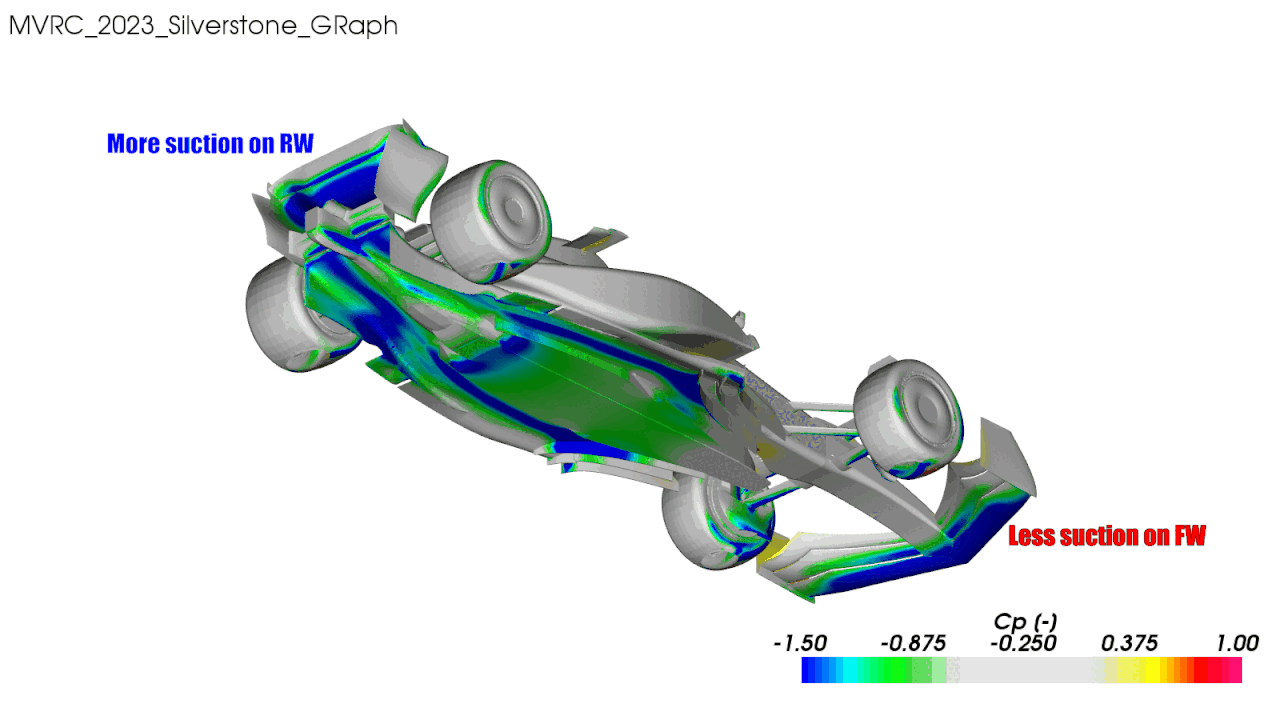As we are in the MVRC off-season, I’ve opened this thread to share some insights into my 2-year journey to winning this amazing championship.
I hope you will enjoy it, but more importantly that it will spark some interesting discussion about the Challenge and F1 aerodynamics. So please ask any question you like and share any observations about my car or yours in this thread.
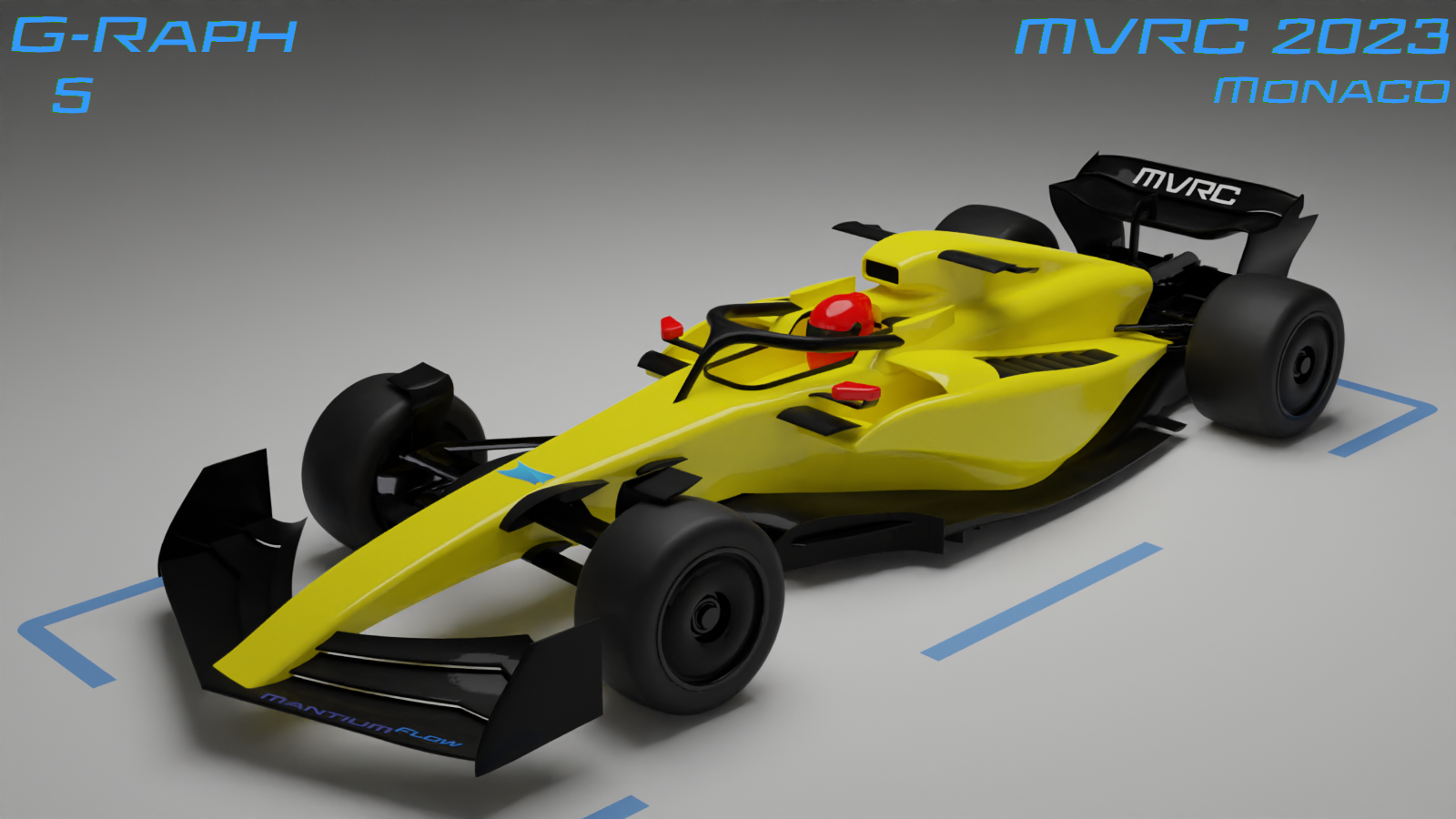
I’ll start will some simple stats and pictures today.
I decided to enter the Challenge after looking at the 2020 cars and results. Although the cars were looking great and creative, I thought they were missing key aspects of F1 aero performance and that I could do much better with very little effort.
So I started designing a 2022 MVRC car, learning a new CAD software in the process (FreeCAD), intending to not run any CFD but still expecting to win the first race straight away. It turned out I was very wrong!
I finished the CAD model a little bit ahead of the first race so I had a bit of time to run it in Mflow. There was a few flow separations that I tried to fix quickly with a second design iteration, but I was still confident.
In hindsight, finishing 5th in that first race was a very good effort. But it made me realise the level of this championship was much higher than expected, and that proper development work was needed. I really should have quit at that point, but for whatever reason I didn’t.
I won the 3rd race of the season after fixing all the flaws of my initial concept, which sort of proved my point, just 2 races later. Great, job done? Except that the impressive development pace of the competitors quickly made me fall behind again.
So if I ever wanted to win this thing, it became clear that I had to put some serious effort, which is what I did in the off-season between 2022 and 2023.
Unfortunately I don’t have any pretty graph to show how my performance level evolved with development (like I’ve seen elsewhere), but here are a few stats that I hope you will find interesting :
Number of design iterations / CFD simulations run before each race :
2022 Race 01 (finished 5th) : 2
2022 Race 02 (finished 4th) :15
2022 Race 03 (finished 1st) : 16
2022 Race 04 (finished 3rd) : 7
2022 Race 05 (finished 2nd) : 8
Additional runs with 2022 regs : 12
2023 Race 01 (finished 1st) : 27 (21 designs + 6 ride height changes)
2023 Race 02 (finished 1st) : 12
2023 Race 03 (finished 1st) : 12 (mainly Monza-specific package)
2023 Race 04 (finished 1st) : 21
2023 Race 05 (finished 2nd) : 9
That is a grand total of 48 simulations for the 2022 car, and 93 simulations for the 2023 car.
To illustrate that, here are a couple of gifs showing the geometrical evolution of my car over those 2 years, and the Cps level underneath it. You can see the rapid improvement during 2022, the very large step at the start of 2023 (helped by the new tyres, suspensions and brake ducts)… and then the development struggle (more on that in future posts).
